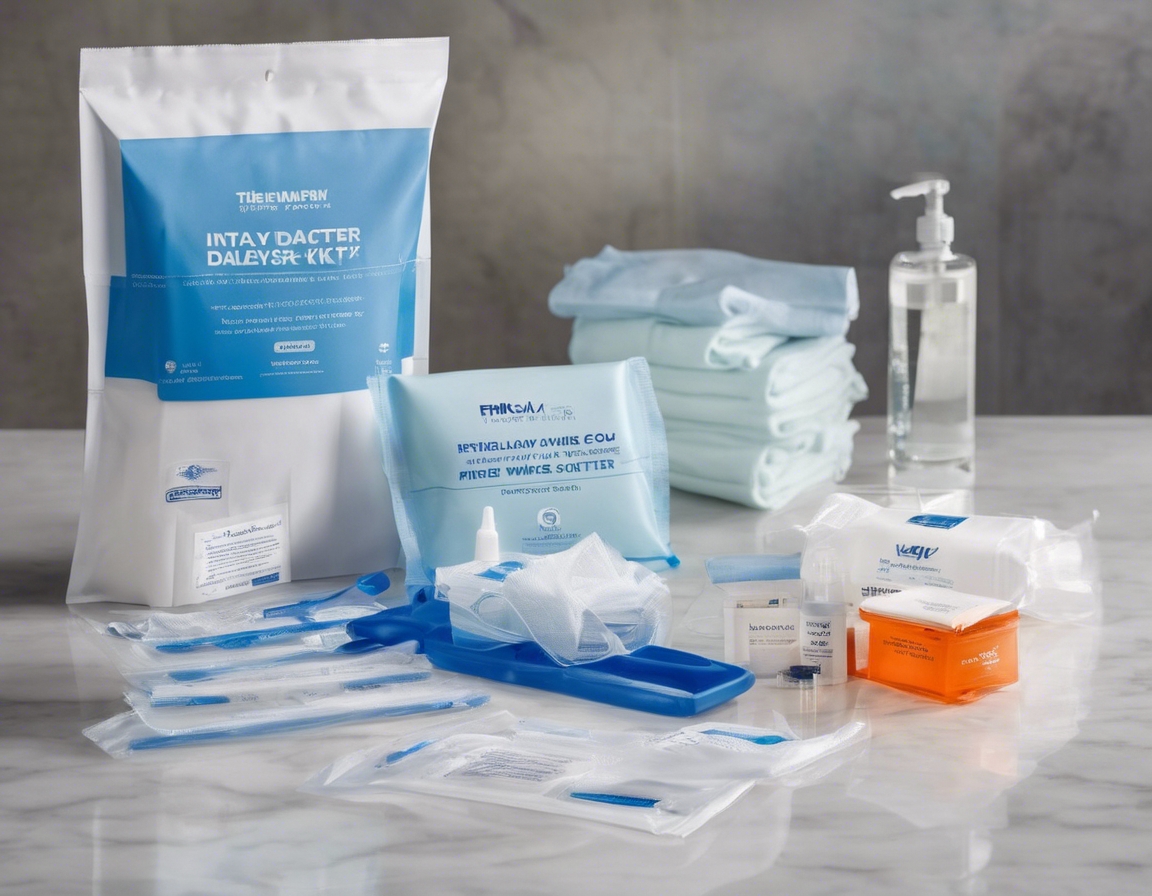The evolution of dialysis: past, present, and future
The journey of dialysis, from its conception to its current state and the vision for its future, is a testament to human ingenuity and the relentless pursuit of medical advancement. This post explores the evolution of dialysis, offering insights into how this life-sustaining treatment has transformed over the years and what the future may hold for those affected by kidney disease.
The Dawn of Dialysis: A Historical Perspective
The concept of dialysis dates back to the early 20th century when scientists began experimenting with ways to replicate the kidney's function of filtering waste from the blood. These early experiments laid the groundwork for what would become a critical medical procedure.
In the 1940s, Dr. Willem Kolff invented the first practical dialysis machine, known as the rotating drum kidney. This device, although primitive by today's standards, was a significant breakthrough and saved lives during its time.
Despite its initial success, dialysis faced many challenges, including limited access to treatment, the cumbersome size of machines, and complications related to long-term use. Overcoming these hurdles required innovation and dedication from the medical community.
Modern Dialysis: Advancements and Current Practices
Today's dialysis machines are far more sophisticated, with advances in technology making treatments more efficient, safer, and more comfortable for patients. Digital monitoring systems and improved dialyzers have revolutionized the process.
Medical research has led to better dialysis protocols, individualized patient care, and a greater understanding of how to manage the complications associated with kidney disease.
Healthcare providers play a crucial role in the delivery of dialysis treatment. Their expertise and compassionate care are central to the patient experience and the effectiveness of therapy.
The Patient Experience: Then and Now
In the early days of dialysis, patients faced numerous challenges, including long, painful treatments and significant lifestyle restrictions. The experience was often daunting and isolating.
Modern dialysis centers, like RENALIS KLIINIKUD OÜ, prioritize patient comfort and quality of life. With flexible scheduling, support groups, and educational resources, patients can manage their health with greater autonomy and support.
Home Dialysis: A Growing Trend
Home dialysis offers patients the convenience and flexibility to undergo treatment in the comfort of their own homes. This option can lead to better health outcomes and a more satisfying lifestyle.
Advancements in home dialysis technology have made it a viable and safe option for many patients. Portable machines and remote monitoring are just some of the innovations supporting this trend.
The Future of Dialysis
The future of dialysis looks promising with ongoing research into wearable devices, improved biocompatibility of dialysis membranes, and even the potential for stem cell therapies to regenerate kidney function.
One of the most exciting prospects is the development of an artificial kidney that could offer a permanent solution to kidney failure. This innovation could revolutionize kidney replacement therapy and offer new hope to patients worldwide.
As we look to the future, the focus remains on improving the accessibility of dialysis treatment and enhancing the quality of life for patients. With continued advancements, the goal is to make dialysis more efficient, less intrusive, and more integrated into patients' lives.





Comments (0)